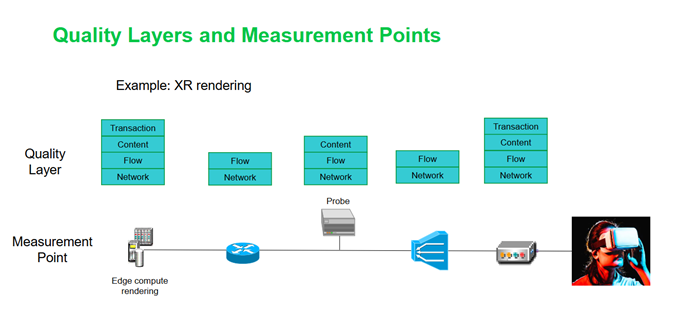 Quality of Experience (QoE) is very hard to measure as there are many broadband metrics per service that the Broadband Service Provider (BSP) must consider, Futurewei Principal Standards Guru Ken Kerpez said.
Quality of Experience (QoE) is very hard to measure as there are many broadband metrics per service that the Broadband Service Provider (BSP) must consider, Futurewei Principal Standards Guru Ken Kerpez said.
Last year, Broadband Forum published TR-499 which focuses on defining broadband service metrics. It provides a framework for measuring and evaluating the delivery quality broadband services, ensuring consistency and reliability in performance assessments to help BSPs and stakeholders maintain Quality of Service (QoS) delivery. However, the standard does not focus on the quality as perceived by the user, said Kerpez.
As there are many services that end-users are consuming, QoS metrics need to be categorized to make them digestible for the BSP. He outlined that estimates for QoS metrics can be organized by four Quality Layers which are accompanied by dimensions – for example, the statistics used to represent each metric, the measurement point and time, the resolution, and accuracy. The Quality Layers are:
- Transaction Quality: Sessions, control and management planes, and interactions between the user and the service.
- Content Quality: Actual content: video, audio, haptics, etc.
- Flow Quality: Quality per packet flow, slice, or transport stream.
- Network Quality: Performance of the underlying network.

Kerpez touched on perceived QoE, where the thoughts of consumers may differ from network quality. A pertinent example he used was the belief that a lower quality video on a mobile phone was often rated better by users than a higher quality video on a big screen due to consumer expectations.
Looking forward, Kerpez highlighted that in the modern business or home, BSPs are not just looking at individual end points separately due to the rise of multi-user services. This includes interactive metaverse, self-driving traffic coordinator, and network music composition where it is not just one end point, but multiple.
Kerpez noted that the surface had only just been scratched in regard to the potential of Artificial Intelligence (AI) for estimating QoE. He added that pattern recognition for identifying QoE impacts and improving service quality is a rife application for AI technology.
Beyond TR-499, the first project launch by the new Service Requirements Work Area is the beginning of the future for measuring QoE metrics. The ‘Service Types, QoE Parameters and Evaluation’ project will provide comprehensive definitions of QoE indicators for services and the requirements on these quality indicators. The project will act as a useful tool for BSPs to check the level of their service quality, and be a reference for solution providers to verify functionality and pain points of their solution.
Kerpez called for the Broadband Forum membership to get involved in this work as the organization begins to provide guidance on the requirements relevant for the industry to seamlessly transition to intelligent, services-led broadband.
